BELFAST — Before they actually met, the painter Linden Frederick and the writer Richard Russo knew about each other through mutual friends.
“He kept running into people who said, ‘Have you ever read Richard Russo’s fiction?’ And I would run into people who said, ‘Have you ever seen Linden Frederick’s paintings?’ Sooner or later, our paths crossed,” said Russo, the Pulitzer Prize-winning novelist from Portland. “It was a revelation to me to see someone doing with paints and brushes something so close to what I was trying to capture in my novels. It took us about 15 minutes to become fast friends.”
Their friendship became a professional collaboration for Frederick’s latest project, “Night Stories.” Frederick made 15 oil-on-canvas paintings of stark nighttime scenes, and Russo, who won the Pulitzer for “Empire Falls” in 2002, recruited writers to pen short fiction to accompany the paintings. The paintings, many of them of Maine scenes, will be on view at Forum Gallery in New York this spring and at the Center for Maine Contemporary Art in Rockland this summer. This spring, the New York publisher Glitterati will issue a book with the paintings and the stories that accompany them.
Russo recruited an A-list of contemporary fiction writers. Of the 15, there are three Pulitzer winners, an Oscar winner and a Newbery Medal winner.
Among those who contributed to the project was Anthony Doerr, the Bowdoin College graduate who won the Pulitzer for his novel, “All the Light We Cannot See.” He wrote a short story based on Frederick’s painting of the Save-a-Lot discount grocery store at Union Station Plaza on St. John Street in Portland.
Doerr wasn’t familiar with Frederick’s paintings before Russo pitched the idea. After a quick Google search of Frederick’s work, Doerr said yes. “Each image brims with potential stories,” Doerr wrote in an email. “I see a trailer or a cafe or a little white house glowing beneath a purple sky and my mind immediately starts cooking up narratives: Who lives in this place? What has just gone down here, or what is just about to go down?”
Maine writers Elizabeth Strout, Lois Lowry, Lily King and Tess Gerritsen also wrote stories. Dennis Lehane and Andre Dubus III contributed pieces. In return, each writer received a small study of the finished painting.

After Portland writer Richard Russo met artist Linden Frederick, shown here with some of his paintings, the two began a project bringing together their media. Fifteen writers have created short stories based on Frederick’s lush nighttime scenes. Staff photo by Shawn Patrick Ouellette
It’s not a coincidence that Frederick’s most loyal collectors are writers, Forum Gallery Director Robert Fishko said. “It speaks to the inspirational quality of Linden’s work,” he said.
With his oils, Frederick paints the kind of paintings that writers conjure in their heads as stories. Writers are drawn to the lyrical quality of his low-light landscapes of rural America, which suggest narratives of the people who are present but unseen. He paints scenes of dusk, that time of melancholy between daylight and night that is filled with mystery and apprehension.
Frederick, 64, has been painting for 30 years, most of them in Belfast. In Maine, his paintings are in the collections of the Portland Museum of Art and the Farnsworth Art Museum.
His niche is nighttime paintings. The quality of light becomes Frederick’s central subject. It might be an undersized street lamp, outmatched by engulfing dark, or a single light emanating from an otherwise darkened apartment building. He never puts people in his paintings, though their presence is suggested – by the taillights of their cars and the blue light of TVs seeping from homes into the quiet night. Comparisons to American realist Edward Hopper come easily.
“I’ve always been interested in the suggested narrative, which is not contemporary, PC art,” Frederick said in an interview. “But it’s what I do. People come to me and say, ‘Oh, that reminds me of something.’ … They just fill in the blanks. That’s one of the reasons I don’t put people in my pictures, because it leaves room for the viewer to come up with the story that they want to get from it, or tell.”
Russo owns paintings by Frederick, as do Hollywood screenwriters Ted Tally and Lawrence Kasdan. Tally won an Oscar for “The Silence of the Lambs.” Kasdan wrote and directed “The Big Chill” and “The Accidental Tourist,” which received Oscar screenplay nominations, and he co-wrote “Raiders of the Lost Ark” and three “Star Wars” movies, including “The Force Awakens.” Both writers offered original stories for Frederick’s project.
In a phone interview, Kasdan described the “cutting edge” between night and day as “the magic hour.”
“As a filmmaker, I’ve always been aware of the magic hour,” he said. “It’s my favorite time of day.”
As a filmmaker, he likes that time because of the quality of the light. As a writer, he likes it because of its mystery.
Kasdan wrote a story to accompany a painting called “Liquor,” which depicts a small, free-standing liquor store cast in an orange-pinkish glow and a tall street lamp overhead. The illuminated “Liquor” sign dominates the scene. “That painting spoke to me. It suggested a certain hard-edge crime story,” Kasdan said. “We’ve all driven past that liquor store at night, or gone in. What kind of people come in? What are their issues? What might their backstory be?”
Kasdan agreed to write a story because he’s friends with Frederick and has admired his paintings for years. Had he known the other writers involved, he might have declined, he said. “I’m way out of my class,” he said. “It’s an incredible group of writers.”
Lowry, a multiple Newbery Medal winner from Maine, chose to write about a painting called “50 Percent,” which shows a dress shop advertising a half-off sale. She questioned her decision almost immediately.
“The one I chose is so incredibly mysterious. It clearly wasn’t going to be easy,” she said. “There were a number of visual elements that could have been any number of things. I showed my sketch to several people and they all reacted completely differently. One saw a supernatural element, an outer space sort of thing. That had not occurred to me at all. But that’s one of the things that made that painting so very interesting.”
She kept the sketch on her desk for a long time, absorbing it. Her story, which she calls “Vital Signs,” “appeared in my consciousness almost fully formed,” Lowry said. “It began as an almost comic story of Maine characters but evolved into something very sad, a lament for things lost.”
Doerr worked from an urban scene of two houses, side-by-side on Valley Street in Portland, one neatly kept, the other choked with overgrown brush. Between them in the distance, we see an amber sign from the grocery store, with only the word “Save” visible.
Doerr used the sign as a starting point for a story about opioid addiction, grief and the fate of a baby raccoon – later named Save-a-Lot – that a little girl finds under the porch.
“It spoke to me for a bunch of reasons,” Doerr wrote of Frederick’s painting, “but primarily because the Save-a-Lot store in question is framed by houses on both sides, and I love stories that have that kind of binary relationship. The more I looked at it, the more I began to conceive of a relationship between the resident of the house on the right and the resident of the house on the left, with the Save-a-Lot market in the background as a kind of touchstone between them.”
Doerr treated his assignment seriously. He hoped to allow a week of writing time, but “the whole piece got entirely out of control, and it ended up taking me several months.”
As best as he can recall, it’s the first time he’s used a specific image as a starting point for his literature.
“Usually my stories start with me getting super-interested in some esoteric subject: the formation of snow crystals, say, or the history of radio,” he wrote. “So this was an interesting exercise in that I got to start with a lot of the details already conceived: what the landscape looked like, what time of year it was, and what the exteriors of the protagonists’ homes looked like. Writing fiction is often such a lonely job, where the writer has to make every single decision, so it’s refreshing to collaborate like this.”
King, who lives in Yarmouth and won a Kirkus Prize for literature for her 2014 novel “Euphoria,” worked from a painting of a house with a mansard roof on Cumberland Avenue in Portland, near the Franklin Arterial. In the painting, which Frederick calls “Mansard,” the street-level apartment is occupied by a beauty salon. The second floor is a residential apartment, with curtains drawn across the windows. The attic is dark.
Between the time she received a copy of the painting and when she finished the story, both of King’s parents died. It was a difficult year, and she put the story aside, out of mind.
When she got back to it, the writing came quickly. She wrote a story, which she also calls “Mansard,” that she had been thinking about for a long time. It is set in the 1960s and tells of a woman in the suburbs who visits her friend in the city once a week to play bridge. On one visit, the friend’s father is there. He has a shady past, and his presence triggers a crisis.
The story has nothing to do with the house or the mansard roof, and King had no idea the painting was based on a Portland scene when she first saw it.
Because of timing, hers was a true collaboration with Frederick. He was working on the final version of the painting when King was writing her story. When she shared with him that her story included a beauty parlor on the street level of the house, he altered his painting to reflect that detail. He also painted King’s initials – “L.K.” – on a Dumpster next to the apartment building.
King enjoyed the process. “I dreaded it for months, and then I had so much pleasure writing it,” she said. “It felt good knowing there was someone waiting for it on the other end. It forced something out of me that I didn’t know I had.”
Over the years, Frederick and Fishko have discussed his appeal among writers. “Linden took notice of their interest in his work, and he had this idea. All he had to do was ask,” Fishko said. “The enthusiasm that resulted was palpable.”
“Night Stories” wouldn’t have happened if not for the friendship between Frederick and Russo. Both are from upstate New York – Frederick was born in Amsterdam, and Russo grew up nearby in Gloversville, which also was Frederick’s mother’s hometown. They came of age at about the same time, and both ended up in Maine making art.
Russo, who is four years older than Frederick, called the collaboration “the most natural thing in the world.”
“His paintings are so narrative,” he said. “There always seems to be a story there.”
As a friend with the advantage of living nearby, Russo saw the paintings in process at Frederick’s studio. He chose a painting called “Downstairs.” It’s a picture of a multistory brick building at the corner of High Street and Northport Avenue in Belfast, but it could be anywhere. Russo saw it as Gloversville. The building looks like it had been a school for a few generations and later was converted to condos or apartments. The light is draining from the autumn sky, and all that’s left is the soft glow of sunset and a heavy blue overhead curtain turning to dark.
A harsh white light glows from a corner basement window.
“I loved all the paintings, but ‘Downstairs’ really spoke to me. No sooner had I looked at it than the idea of a Gloversville Gothic story was planted,” Russo said. “It’s based on a true Gloversville story that has been trotting around in the back of my mind for a while.”
Frederick is glad to have writer friends to finish his narratives. He’s a bit of Renaissance man, good with paints and tools, well-rounded and well-read. He also makes and plays fiddles and cellos. But he’s not a writer and doesn’t think linearly.
“I don’t think in stories,” he said. “I can see the suggestion of something, but I never think of anything specific because my mind doesn’t work that way. These writers are taking my pictures a little bit further.”
Correction: This article was updated on April 21, 2017 at 11:17 a.m. to correct information about the dates and location of the show at the Forum Gallery in New York.
Bob Keyes can be contacted at 791-6457 or at:
bkeyes@pressherald.com
Twitter: pphbkeyes
Send questions/comments to the editors.


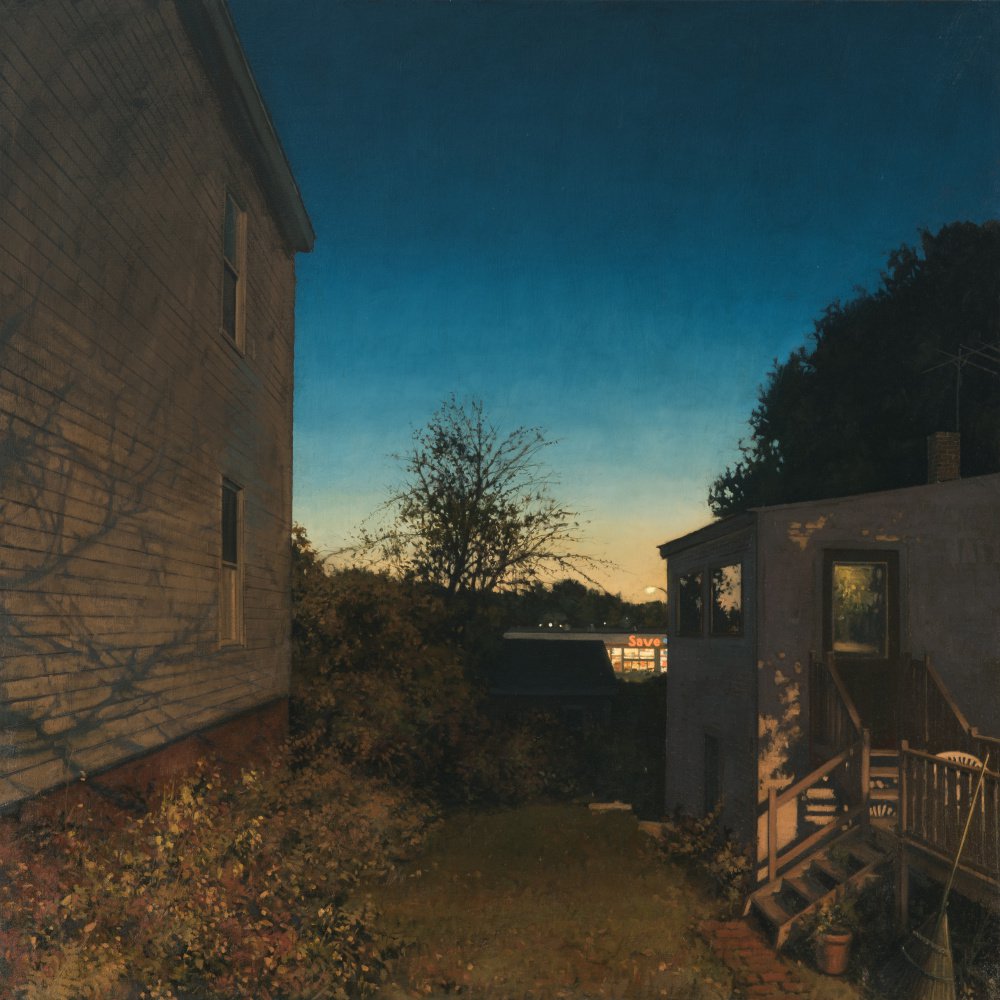
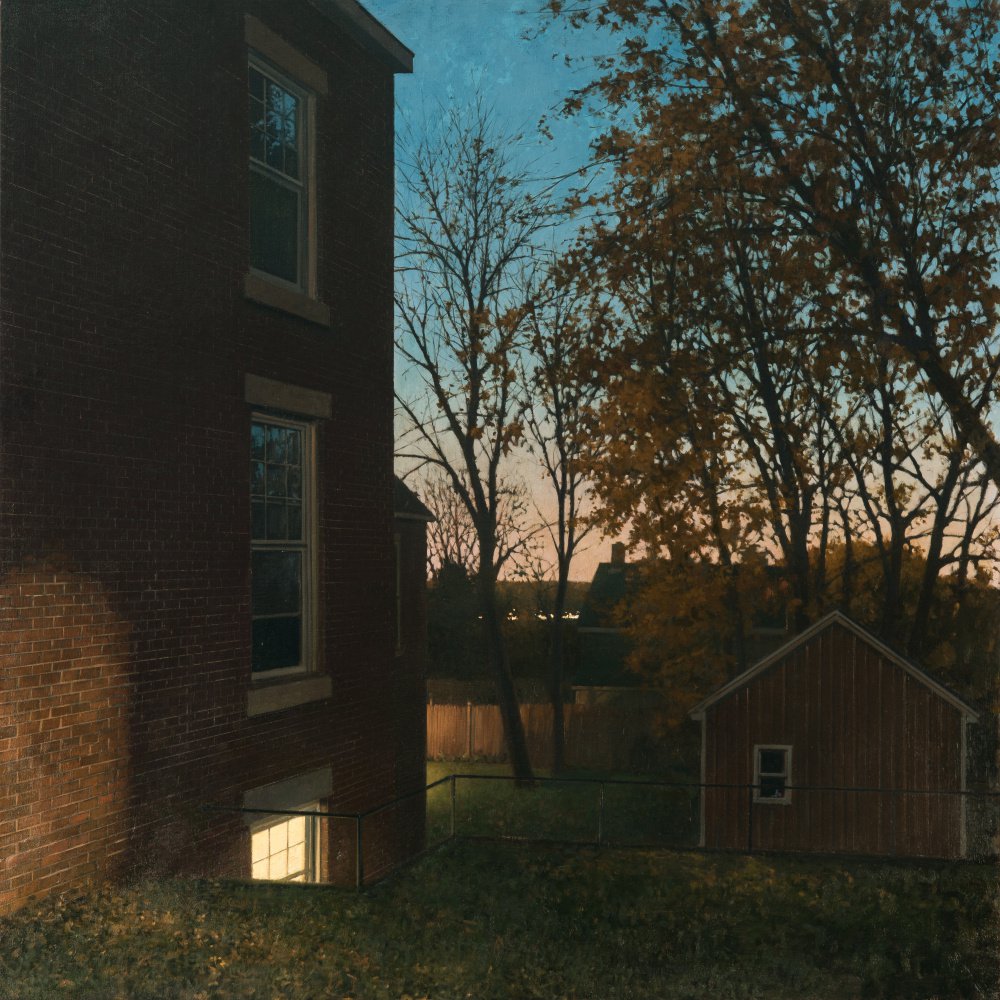
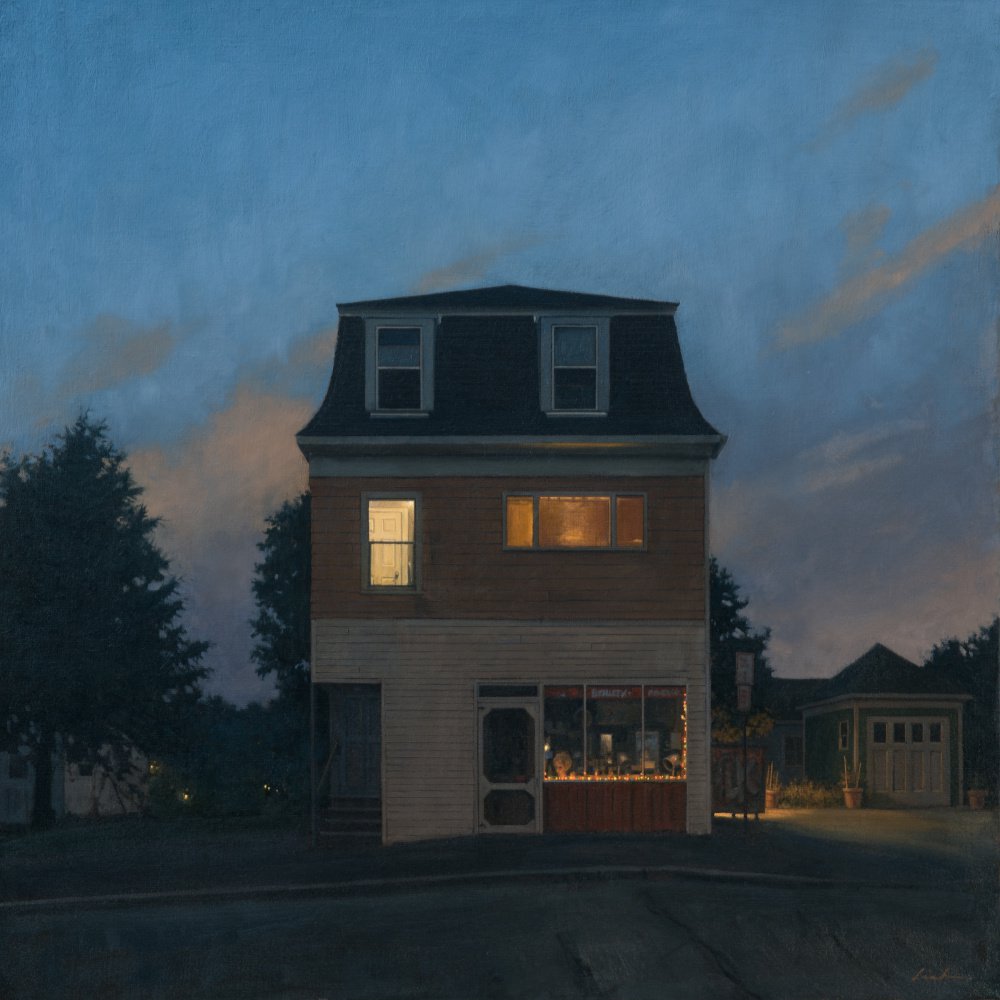
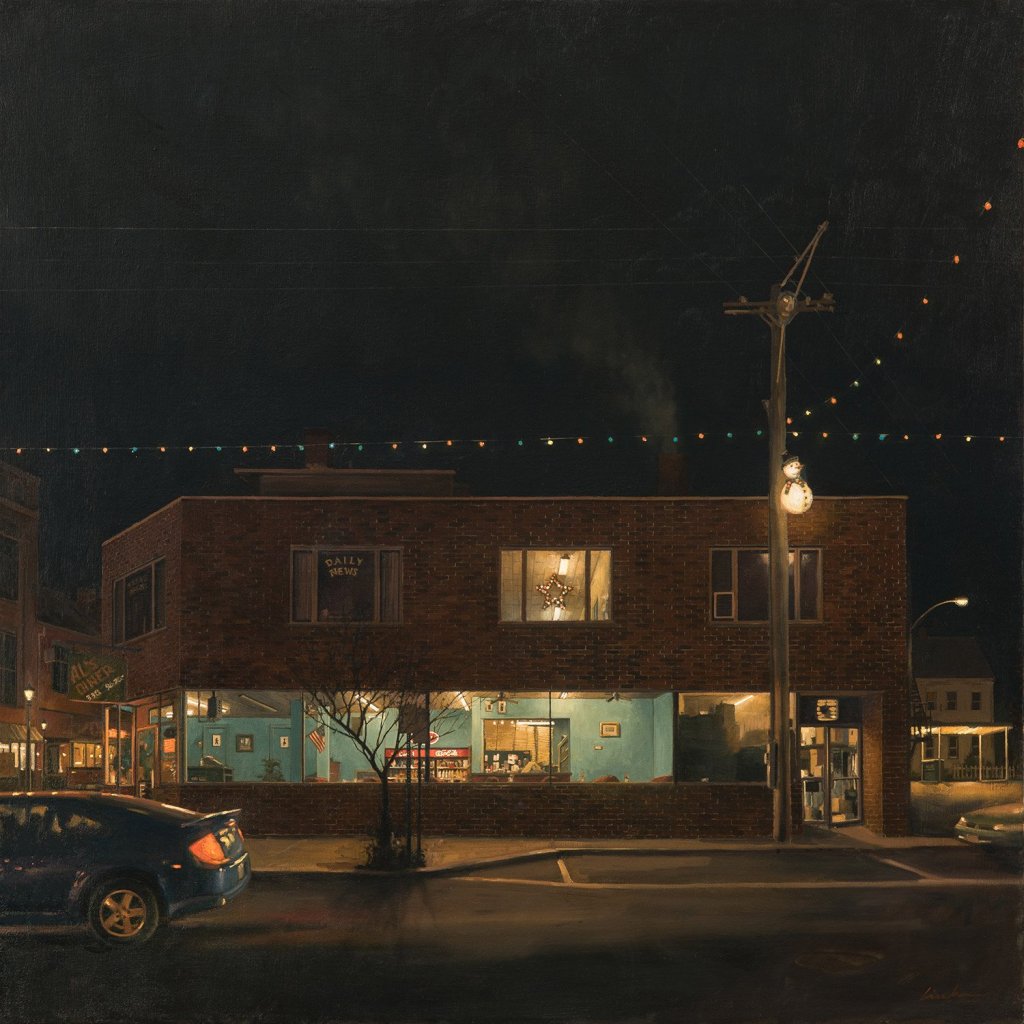
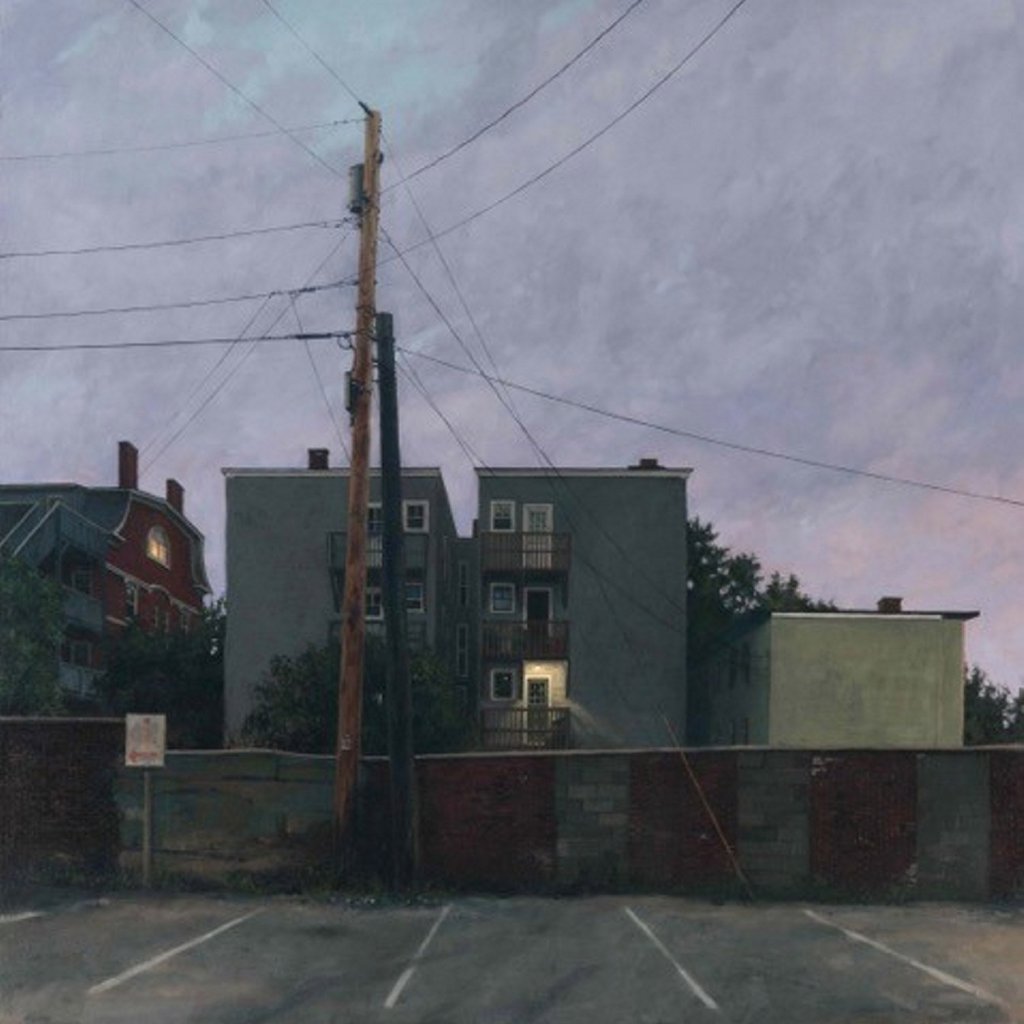
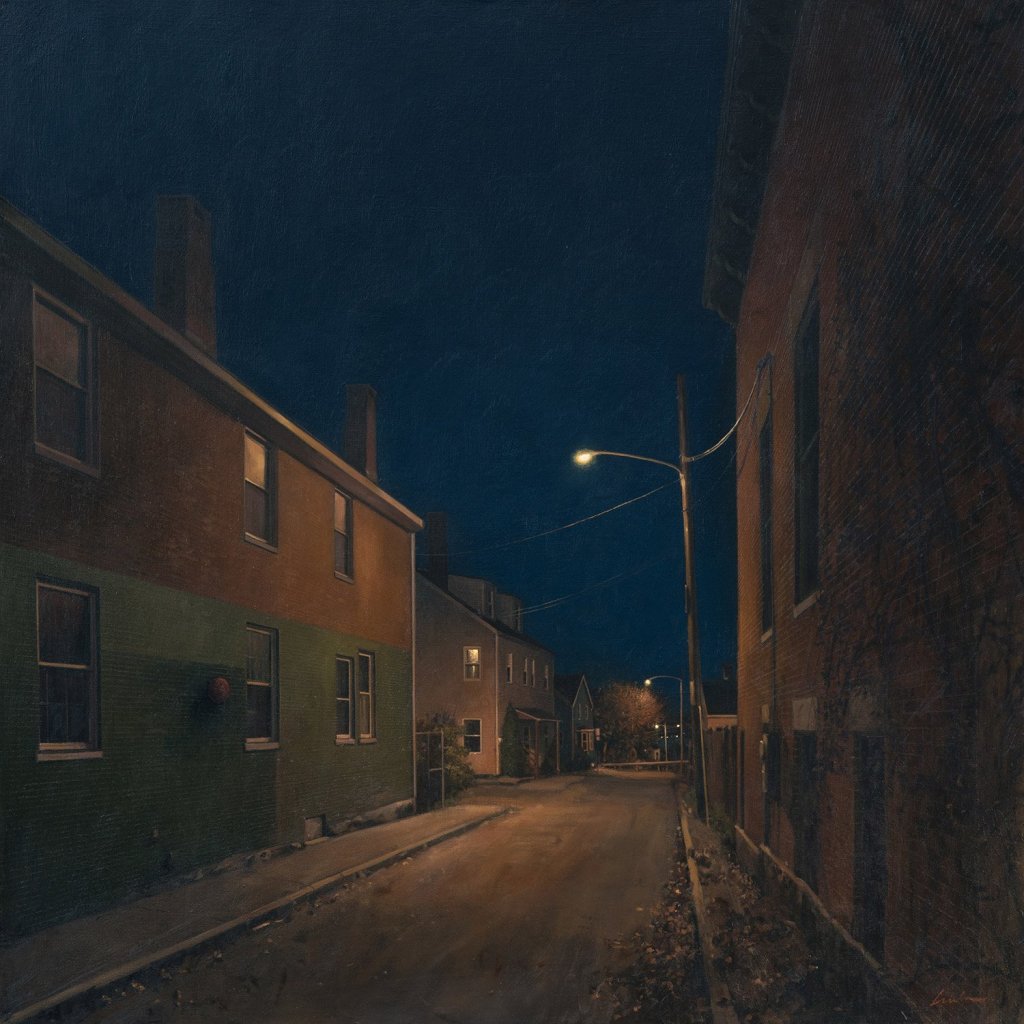
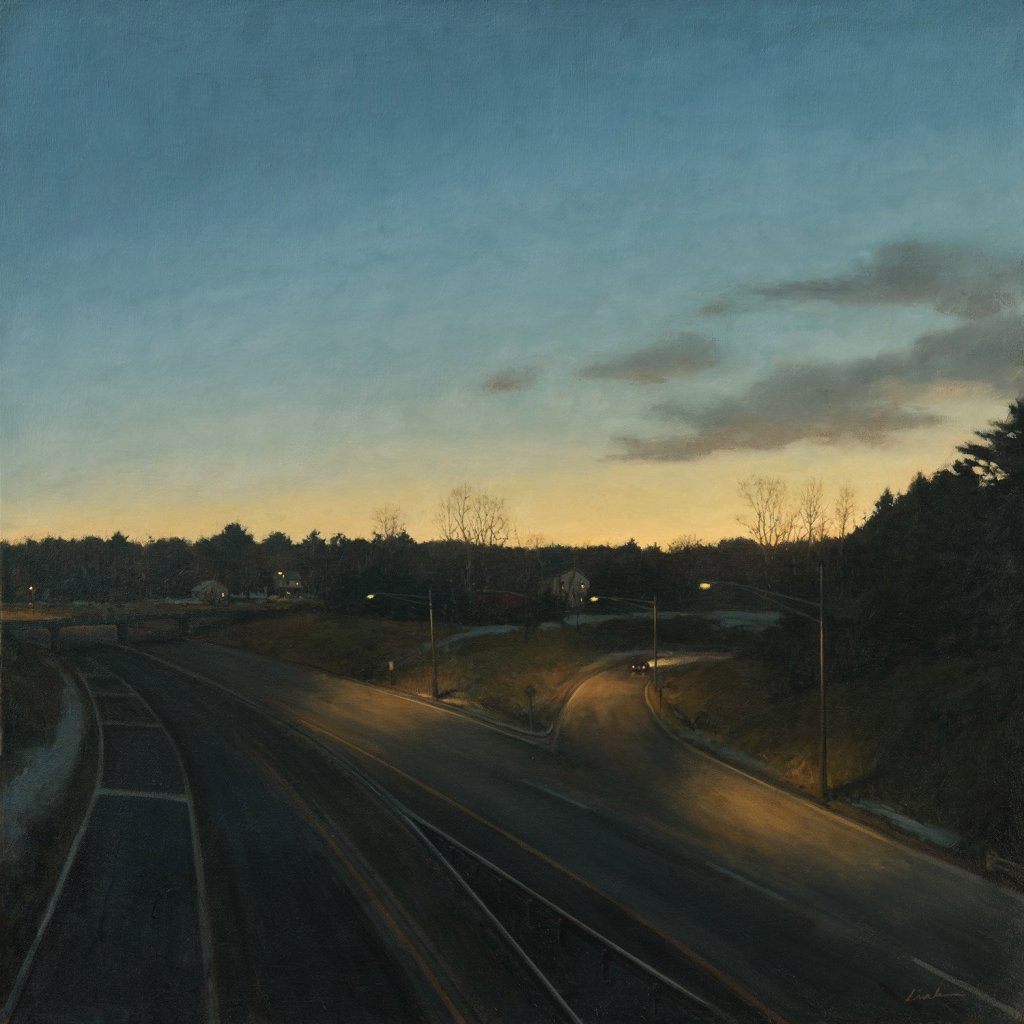

Success. Please wait for the page to reload. If the page does not reload within 5 seconds, please refresh the page.
Enter your email and password to access comments.
Hi, to comment on stories you must . This profile is in addition to your subscription and website login.
Already have a commenting profile? .
Invalid username/password.
Please check your email to confirm and complete your registration.
Only subscribers are eligible to post comments. Please subscribe or login first for digital access. Here’s why.
Use the form below to reset your password. When you've submitted your account email, we will send an email with a reset code.